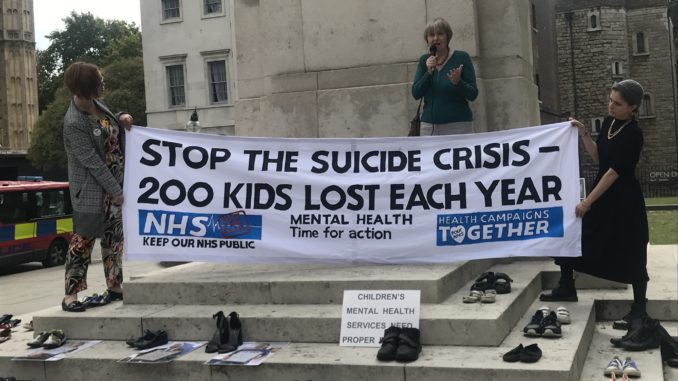
FACT: The Conservative Party website claims “We have a strong record on mental health”.
“New models of personalised care will be rolled out to tackle the serious issue of adult mental illness.”
“We’re funding 12 trailblazer schemes ... This is part of a huge boost to community mental health services...”
“Last year we announced a record £33.9bn settlement for the NHS... including £2.3bn for mental health services upgrades.”
FICTION: Whatever happened to parity of esteem for mental health?
Despite warm words about ‘parity of esteem’ for mental and physical health since 2011, mental health services are the poor relation of the NHS, comprising 23% of NHS activity, but receiving just 11% of its budget.
And it’s not only an under-resourced NHS that is failing mental health patients: 92% of mental health trusts said in a recent survey that changes to universal credit and benefits are increasing demand for services, as are loneliness, homelessness and wider deprivation.
91% of trusts blamed council cuts as a reason for more demand for mental health services.
It’s also harder for patients to get the care they need.
In 2013 there was one mental health doctor for every 186 patients accessing services. By 2018 this had fallen to one for every 253 patients.
The number of nurses per patient has also dropped. In 2013 there was one mental health nurse for every 29 patients accessing services, by 2018 that had fallen to one for every 39 patients. 10% of specialist mental health posts are unfollowed.
Just 4 in 10 people who need it receive mental health support. To increase provision to cover 7 in 10, the service would need an extra £1.5bn on top of what the chancellor has announced.
81% of trust leaders say they are not able to meet current demand for community child and adolescent mental health services (CAMHS) and more than half (58%) said the same for adult community mental health services; more than half (56%) could not meet demand for crisis resolution teams.
The NHS Long Term Plan aims in 10-years time to be reaching just 35% of young people who need care. With sights set so low, there’s no chance that the warm words will be anything but hollow promises.
This article was originally featured in Health Campaigns Together Election Special newspaper.







Leave a Reply